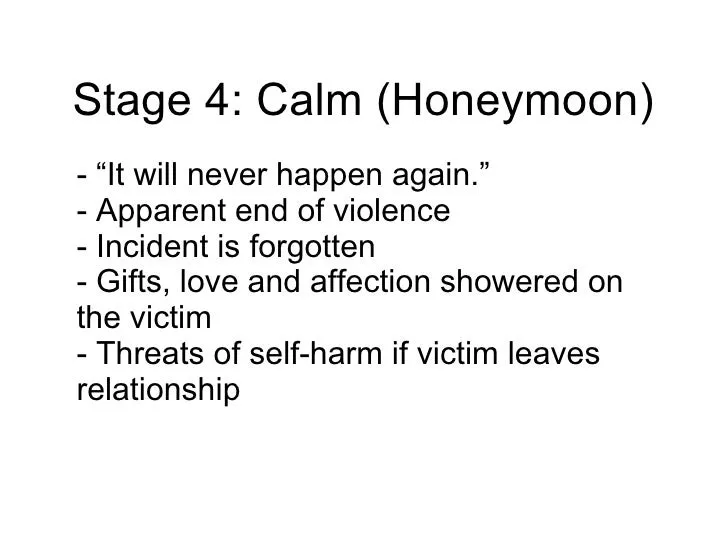What is the Honeymoon Abuse Cycle
The honeymoon abuse cycle is a disturbing pattern of behavior that often occurs in abusive relationships. It is characterized by a cyclical nature, where periods of calm and apparent affection (the “honeymoon phase”) are followed by escalating tension, abusive incidents, and then a return to the honeymoon phase. This cycle can repeat numerous times, making it difficult for victims to recognize the abuse and escape the relationship. Understanding the honeymoon abuse cycle is crucial for recognizing the signs of abuse and seeking help. It’s a manipulative tactic used by abusers to maintain control, creating a sense of hope and making it harder for the victim to leave.
Phases of the Honeymoon Abuse Cycle
The honeymoon abuse cycle is a predictable pattern that can be broken down into three main phases: the tension-building phase, the incident phase, and the reconciliation or honeymoon phase. These phases don’t always follow a perfect order, and the duration of each phase can vary. However, recognizing these distinct phases is essential to understanding the dynamics of abusive relationships. The cycle’s insidious nature lies in its ability to create confusion and doubt in the victim, making it harder to identify the abuse and seek assistance. Understanding the different phases of this cycle allows you to recognize the patterns and take the necessary steps to protect yourself.
The Tension-Building Phase
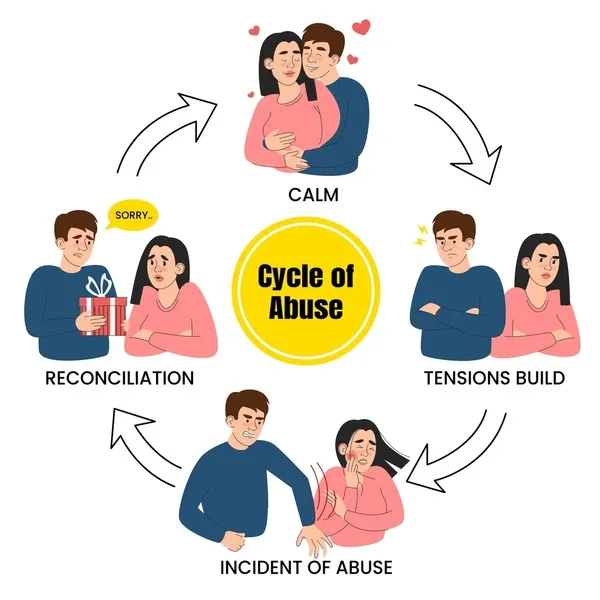
In the tension-building phase, the abuser’s behavior becomes increasingly erratic, controlling, and critical. There is a gradual escalation of tension, marked by communication changes, increased jealousy, and attempts to isolate the victim from friends and family. This phase is characterized by subtle forms of abuse, such as verbal insults, intimidation, and emotional manipulation. The victim often feels like they are walking on eggshells, constantly trying to appease the abuser to avoid conflict. This phase can last for days, weeks, or even months, and it creates a climate of fear and anxiety.
The Incident Phase
The incident phase is the point where the abuse becomes overt. This can manifest as physical violence, such as hitting, pushing, or other forms of physical assault, as well as psychological or emotional abuse. This phase is often the most visible and easily identifiable aspect of the cycle. The incident can range from minor to severe, and it is typically triggered by the abuser’s perceived loss of control or the victim’s perceived disobedience. After the incident, the abuser may exhibit remorse or deny their actions. This phase is the most dangerous, and it requires immediate action to ensure the safety of the victim.
The Reconciliation or Honeymoon Phase
Following the incident phase comes the reconciliation or honeymoon phase. This is a period of calm, where the abuser may express remorse, apologize, promise to change, and shower the victim with affection, gifts, and attention. This phase is designed to regain the victim’s trust and to minimize the likelihood of them leaving. The abuser might make grand gestures of love and commitment, creating a false sense of security. However, this phase is always temporary and will eventually lead back to the tension-building phase, perpetuating the cycle of abuse. The victim is often left confused and hopeful, believing that the relationship can improve, only to find themselves trapped once more.
Why the Cycle Repeats
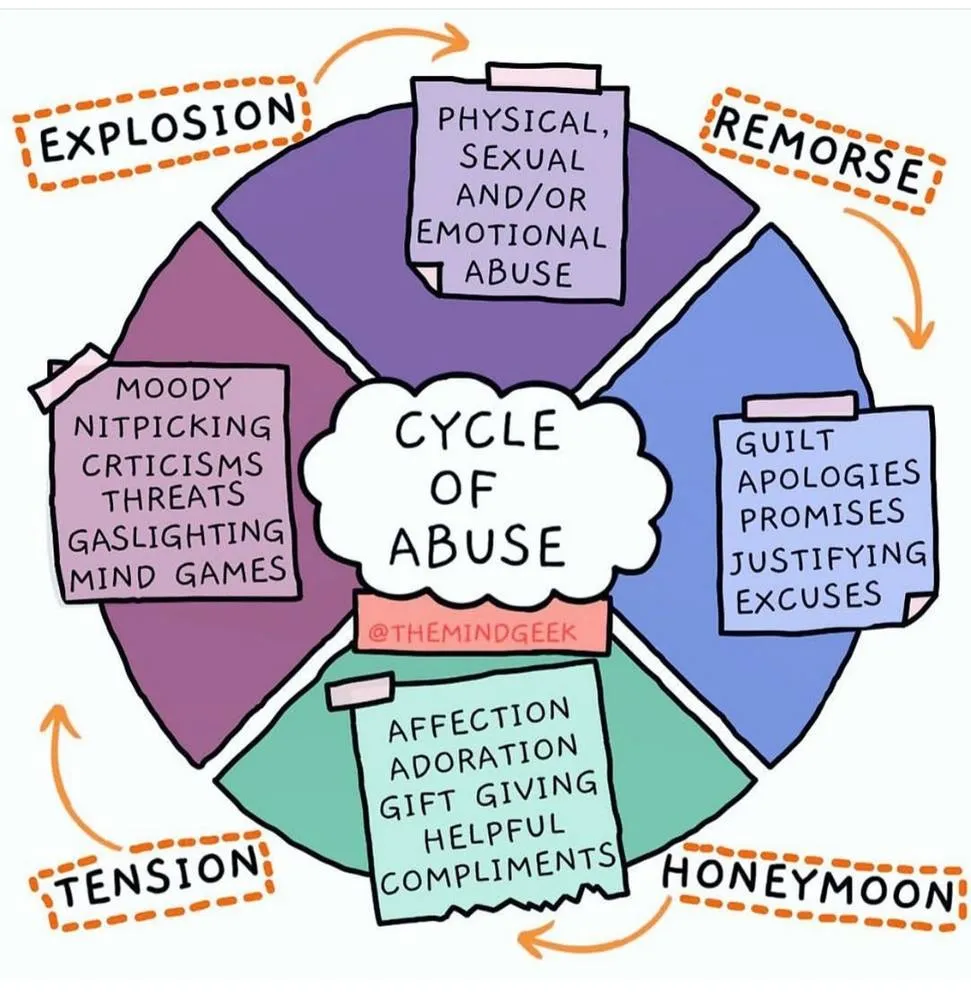
The cycle of abuse repeats because the abuser benefits from it. The cycle reinforces the abuser’s control and power over the victim. They may also be driven by deeply ingrained psychological issues, such as a history of abuse, personality disorders, or a lack of empathy. The victim, on the other hand, may stay in the relationship due to fear, low self-esteem, financial dependence, or a belief that they can change the abuser. It is critical to understand that the abuser is responsible for their behavior, and the victim is not at fault. Breaking this cycle often requires external intervention and support.
Factors that Contribute to the Cycle
Several factors can contribute to the perpetuation of the honeymoon abuse cycle. These may include the abuser’s personality traits, such as controlling behavior, jealousy, possessiveness, and a lack of empathy. The victim’s psychological vulnerabilities, such as low self-esteem, past trauma, or a history of being in abusive relationships, also play a role. The social and cultural context, including societal acceptance of violence, can further enable the cycle. Financial dependence, isolation from friends and family, and the presence of children can also make it more difficult for the victim to leave. Recognizing these factors is crucial to understanding the complexities of abusive relationships.
Psychological and Emotional Abuse
Psychological and emotional abuse are often central to the honeymoon abuse cycle. This form of abuse includes tactics such as insults, threats, intimidation, gaslighting, and manipulation. It is designed to erode the victim’s self-esteem, make them doubt their sanity, and isolate them from others. Psychological abuse can leave deep emotional scars, and it can be just as damaging as physical violence. Identifying and addressing psychological abuse is critical to healing and recovery from the honeymoon abuse cycle. These tactics are designed to break down the victim’s sense of self and make them reliant on the abuser.
Financial Abuse

Financial abuse is another common element of the honeymoon abuse cycle. This involves controlling the victim’s access to money, preventing them from working, or misusing their financial resources. Financial abuse can make it nearly impossible for the victim to leave the relationship, as they may lack the means to support themselves. It can also involve sabotaging the victim’s career or education to further control them. Financial abuse is a significant barrier to escaping abusive relationships and often requires seeking help from financial advisors and support services.
How to Recognize the Cycle
Recognizing the honeymoon abuse cycle is the first step toward breaking free. You should be aware of the signs in each phase of the cycle. Pay attention to patterns of behavior, especially any instances of control, manipulation, or violence. Trust your instincts; if something doesn’t feel right, it probably isn’t. Keep a journal of the events in your relationship, as documenting the abuse can help you to see the pattern. Talking to a trusted friend, family member, or therapist can also help you gain clarity and perspective. It is important to remember that you are not alone, and help is available.
Signs of the Tension-Building Phase
During the tension-building phase, the abuser’s behavior gradually changes. Look for signs like increased criticism, controlling behavior, and jealousy. The abuser might become more irritable, easily angered, and quick to blame you for their problems. They may isolate you from friends and family, monitor your communications, or try to control your activities. You might feel like you are walking on eggshells, constantly trying to avoid upsetting the abuser. This phase is characterized by an undercurrent of unease, which grows until an incident occurs.
Signs of the Incident Phase
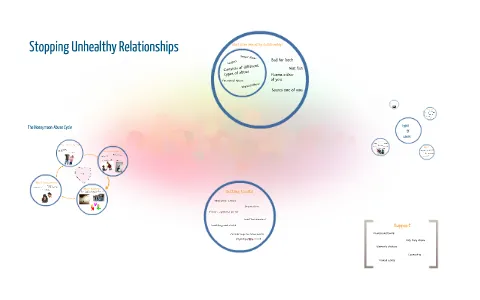
The incident phase is the most dangerous part of the cycle. It includes any act of physical violence, emotional abuse, or psychological manipulation. Recognizing this phase is crucial for your safety. Pay attention to verbal abuse, such as insults, threats, and humiliation. Look out for physical harm, such as hitting, pushing, or other forms of assault. Be aware of attempts to control your behavior, such as preventing you from seeing friends or family. If you experience any of these signs, seek immediate help and create a safety plan.
Signs of the Reconciliation Phase
In the reconciliation phase, the abuser often expresses remorse for their actions, apologizes, and promises to change. They may shower you with affection, gifts, and attention. However, this phase is often a manipulative tactic to regain your trust and keep you in the relationship. Be wary of any promises of change that are not followed by action. Remember that apologies without changed behavior are meaningless. Recognize that this phase is temporary and that the cycle will likely begin again. Seek outside support to determine if the changes the abuser is making is real or not.
How to Break Free from the Cycle
Breaking free from the honeymoon abuse cycle is a challenging but achievable process. The first step is recognizing the abuse and understanding the cycle. You will need to prioritize your safety and seek help from external resources, such as a domestic violence shelter or a therapist specializing in abuse. It is often necessary to create a safety plan, which includes planning for your departure and arranging for a safe place to go. Building a support system is crucial, as friends, family, and support groups can provide emotional support and practical assistance. The end goal is to break the cycle and heal.
Seeking Professional Help
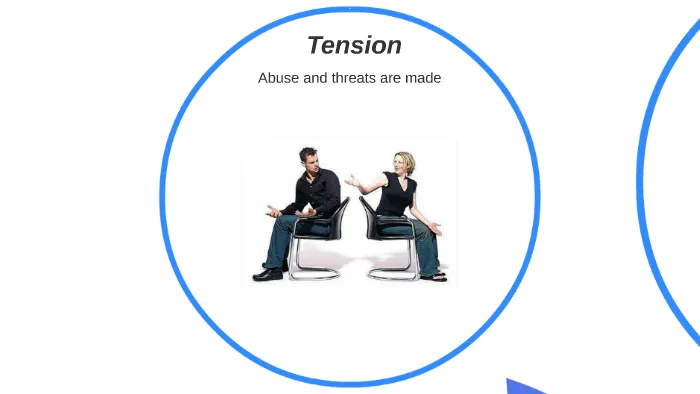
Seeking professional help is an essential step in breaking free from the honeymoon abuse cycle. A therapist or counselor specializing in domestic violence can provide guidance, support, and strategies for coping with the abuse. They can help you understand the dynamics of the cycle, develop coping mechanisms, and build your self-esteem. Therapy can also help you to heal from the trauma of abuse. Consider seeking help from a licensed mental health professional experienced in working with survivors of domestic violence.
Creating a Safety Plan
A safety plan is a set of strategies to protect yourself from further abuse. This plan should include identifying a safe place to go in case of an incident, packing an emergency bag with essential items, and identifying a support network. The safety plan should also involve having important documents, such as identification, stored in a safe place. Consider planning an exit strategy and developing a plan to leave the relationship safely. A safety plan helps to reduce the risks involved in leaving an abusive relationship. A professional can assist you with the creation of your safety plan.
Building a Support System
Building a strong support system is crucial to your recovery. This support system can include friends, family members, support groups, and therapists. It is essential to surround yourself with people who believe you, support you, and encourage you. Share your experiences with those you trust and lean on them for emotional support. Join a support group, where you can connect with other survivors and share experiences. A strong support system can make you feel less alone and can provide you with the strength you need to break free from the cycle of abuse.
Long-Term Recovery and Healing
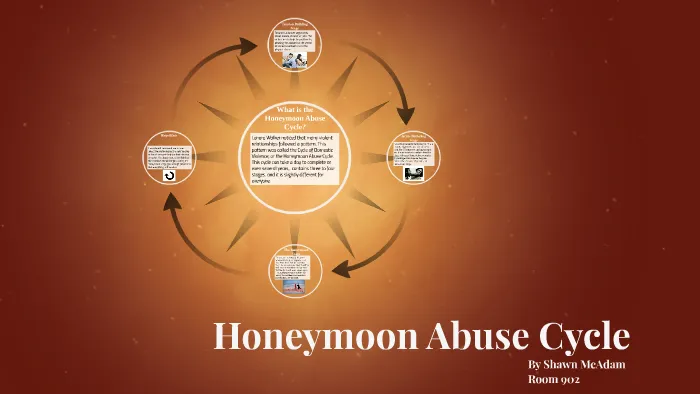
Long-term recovery from the honeymoon abuse cycle can involve extensive therapy, self-care, and ongoing support. Healing from abuse is a process that takes time and patience. Consider engaging in therapy, such as trauma-informed therapy, to address the emotional and psychological effects of the abuse. Practice self-care activities, such as exercise, meditation, and spending time in nature. It is essential to build healthy relationships and to learn to trust again. Recovery is possible, and it is possible to live a happy and fulfilling life.
